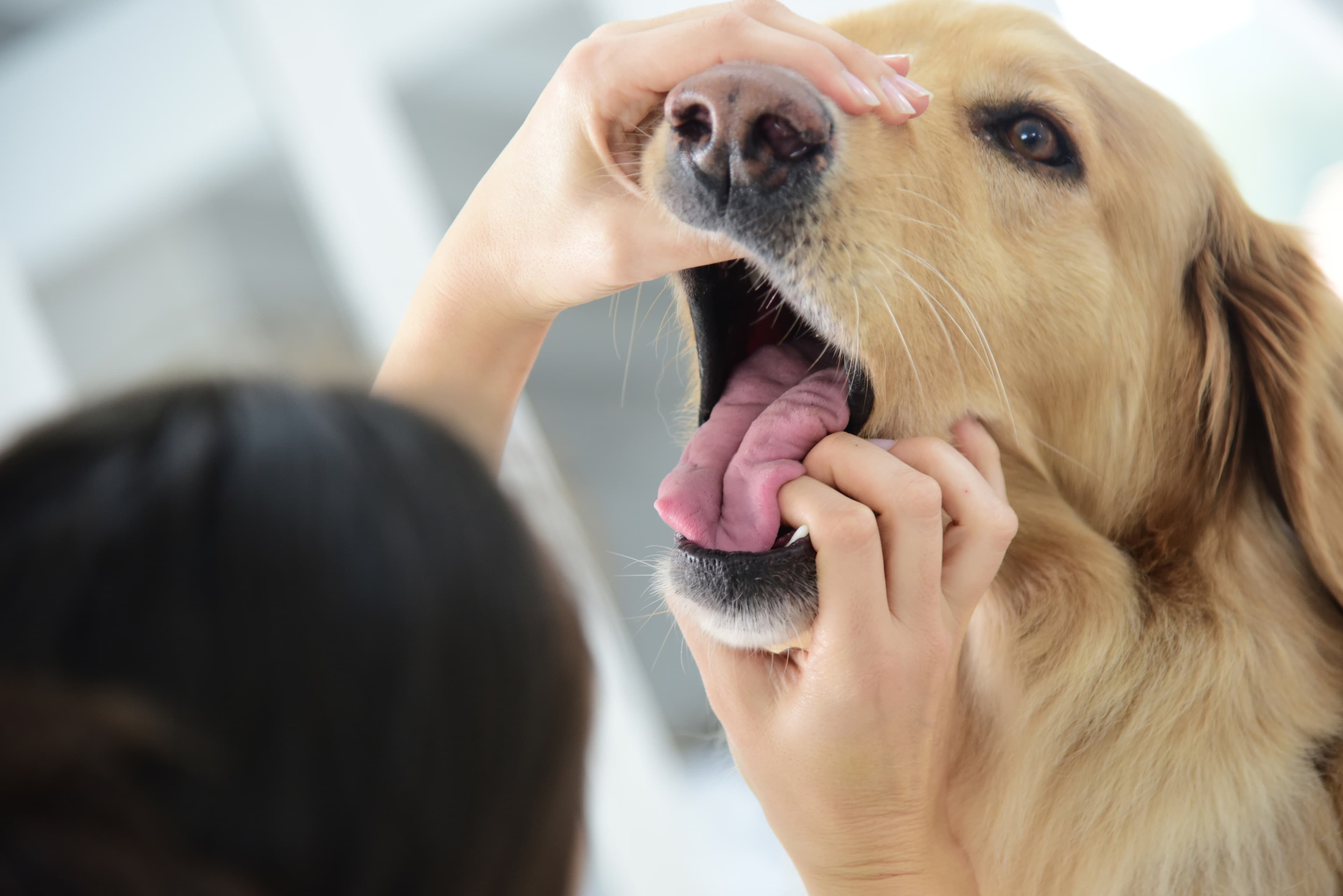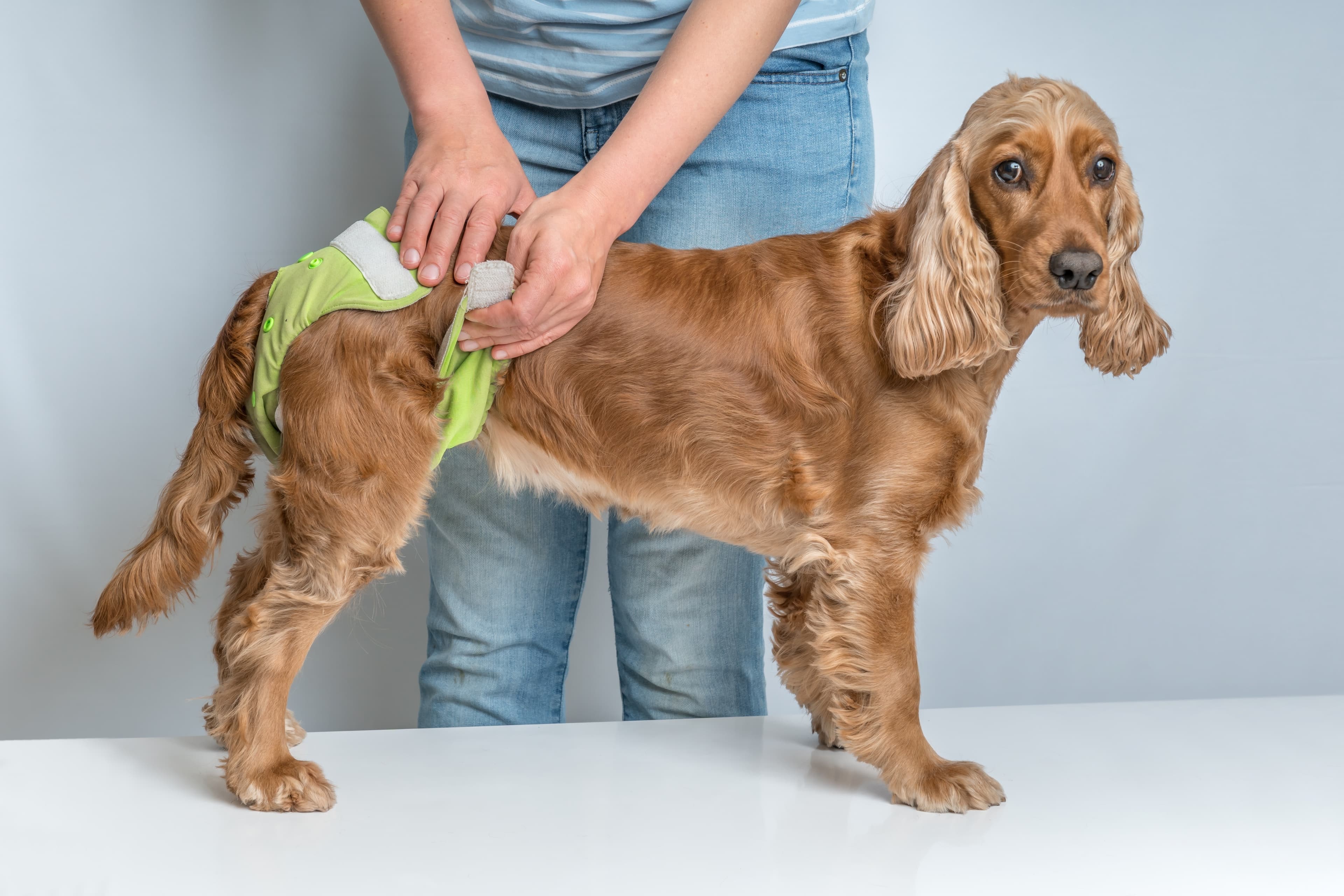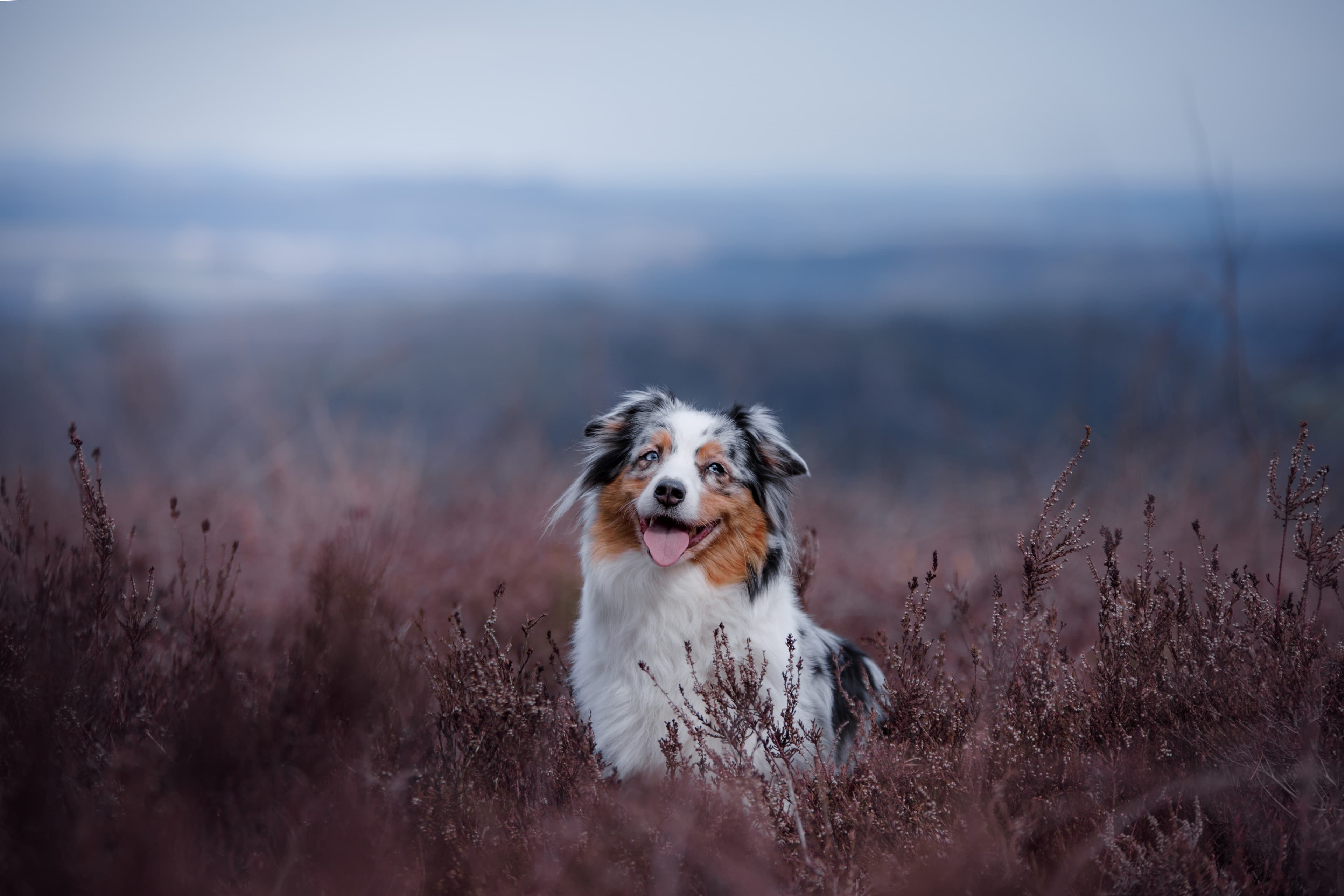Examine your dog's teeth and mouth
Examining your dog's teeth regularly is important for detecting and preventing disease. Make the examination a positive and light-hearted experience, and take a break or wait until the next day if your dog seems tired. Once you've practised for a while, the examination shouldn't take more than a minute.
A few simple steps
1. Start with one side at a time and look at the outside of the teeth. Lift the dog's lips and work your way back towards the roof of the mouth. Make sure you get a view of the back teeth as well. To look at all the teeth, you will usually need to pull the roof of the mouth back a little with your finger. Don't forget the smaller front teeth in both the upper and lower jaws.
2. The inside of the teeth can be more difficult to examine as it requires the dog to yawn. It is also not the most important area to have examined as tartar, gingivitis and other diseases are usually visible on the outside of the teeth.
What should I look for?
Plaque and tartar
Just like in humans, plaque and tartar are continually forming on your dog's teeth. Tartar is brownish in colour and is usually visible at the junction where teeth and gums meet. A little tartar can be okay, but too much can cause gum problems and eventually lead to tooth loss.
Gingivitis
Gums should be bright pink. However, some dogs naturally have gums that are partially or completely darkly pigmented, making it harder to see for colour changes. In gingivitis, the gums become darker pink or red, especially at the gumline. For mild signs of inflammation, you can try brushing extra carefully in this area, but if the redness persists, you should consult your vet.
Loose or damaged teeth
If you see loose teeth in your dog's mouth, don't wait to see a vet as this is a painful condition for the dog. If you see a damaged tooth, you should also consult a vet as this can also cause pain and need to be treated.
Smells bad
Feeling a mild bad breath from your dog's mouth doesn't always mean that something is wrong. However, you should be alert to any distinctly unpleasant odour that doesn't go away.
How often should I check my dog's mouth?
If you brush your dog's teeth daily, you can often get a good overview of his mouth in the process. If you don't brush as often, it's a good idea to make a habit of checking your dog's mouth once a week.






